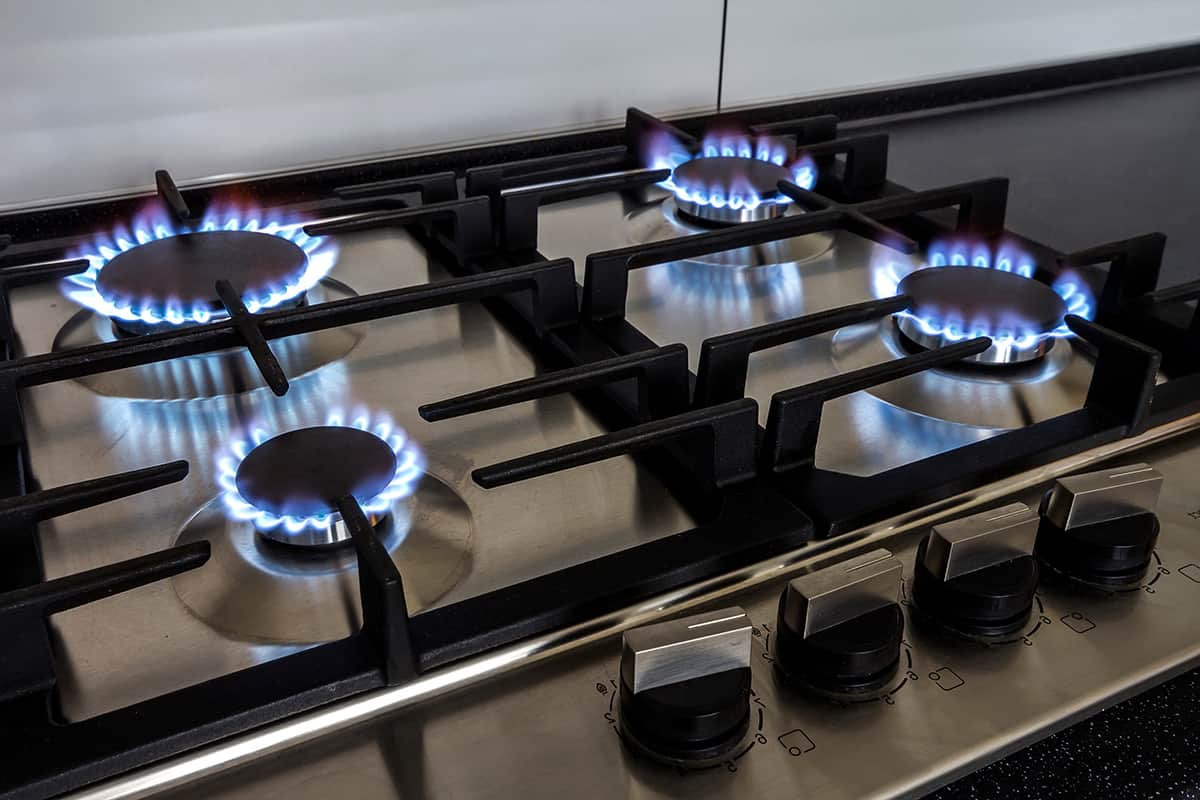

Articles
How Hot Do Natural Gas Stove Burners Get
Modified: October 27, 2024
Discover how hot natural gas stove burners can get in this informative article. Explore the factors that determine burner temperature and find out how to optimize your cooking experience.
(Many of the links in this article redirect to a specific reviewed product. Your purchase of these products through affiliate links helps to generate commission for Storables.com, at no extra cost. Learn more)
Introduction
When it comes to cooking, natural gas stoves have been a popular choice in households for decades. The efficiency and reliability of these stoves make them a staple in kitchens around the world. But have you ever wondered how hot those burners can get?
In this article, we will explore the fascinating world of natural gas stove burners and delve into the factors that affect their temperature. We will also discuss the methods used to measure burner temperature and provide a glimpse into the typical operating temperatures. Additionally, we will touch upon important safety considerations and offer tips on maintaining and cleaning your burners. So, let’s get started!
Key Takeaways:
- Natural gas stove burners reach temperatures ideal for simmering, sautéing, and searing, providing versatile cooking options for delicious meals.
- Understanding burner mechanics, safety considerations, and maintenance tips ensures safe and efficient cooking experiences with natural gas stoves.
Read more: How to Get Samsung Gas Stove Burners Clean
How Natural Gas Stove Burners Work
Before we dive into the temperature aspect of natural gas stove burners, it is essential to understand how these burners work. Natural gas stoves use a combination of gas and air to create a controlled flame that provides heat for cooking.
When you turn on a burner, natural gas flows through a pipe and enters the burner’s venturi tube. The venturi tube is designed to create suction and draw in the right amount of air to mix with the gas. This mixture then passes through small holes or jets, where it is ignited by a spark or a pilot light, resulting in a steady flame.
The size and shape of the burner determine the spread and intensity of the flame. Burners often have multiple jets positioned strategically to ensure even heat distribution across the cooking surface. This design allows for precise temperature control and cooking versatility.
In addition to the burners, modern natural gas stoves are equipped with a variety of features to enhance functionality and safety. These features may include electronic ignition systems, flame sensors, and flame failure devices that automatically shut off the gas supply if the flame goes out.
Understanding the basic mechanics of natural gas stove burners sets the foundation for comprehending the factors that influence the temperature they can reach.
Factors Affecting Burner Temperature
The temperature reached by a natural gas stove burner is influenced by several factors that work together to contribute to its heat output. These factors include:
- Gas Pressure: The amount of pressure at which the gas is delivered to the burner plays a significant role in determining the burner’s temperature. Higher gas pressure results in a stronger flame and therefore a higher temperature.
- Air Flow: The proper ratio of gas to air is crucial for achieving optimal combustion and heat production. If there is insufficient air supply, the flame may be weak and cooler. On the other hand, too much air can lead to a weak flame as well. Finding the right balance is key.
- Burner Size and Design: The size and design of the burner can affect the temperature it can reach. Larger burners generally have more surface area for heat transfer, which can result in higher temperatures. Additionally, the placement and number of jets on the burner impact the flame intensity and distribution.
- Cookware: The type and quality of cookware used on the burner also impact the temperature. Materials with good heat transfer properties, such as stainless steel or cast iron, allow for efficient heat transfer from the flame to the food. Conversely, cookware with poor heat conductivity might lead to lower temperatures.
- Gas Efficiency: The efficiency of the burner can affect the temperature it reaches. Burners that efficiently convert gas into heat will have higher temperatures. Older or poorly maintained burners may have reduced efficiency, resulting in lower temperatures.
Understanding these factors can help you optimize your cooking experience and make adjustments as needed to achieve the desired temperature on your natural gas stove burner.
Measuring Burner Temperature
Measuring the temperature of a natural gas stove burner can provide valuable insights into its performance and help you monitor and adjust cooking conditions. There are a few methods commonly used to measure burner temperature:
- Infrared Thermometers: Infrared thermometers are non-contact devices that measure the temperature by detecting the infrared radiation emitted by the burner. Simply aim the thermometer towards the burner from a safe distance, and it will provide an accurate reading of the surface temperature.
- Surface Probes: Surface probes are temperature sensors that can be placed directly on the burner surface to measure its temperature. These probes provide real-time measurements and can be useful for fine-tuning cooking settings.
- Thermocouples: Thermocouples are temperature-measuring devices consisting of two different metal wires. One end of the thermocouple is placed near the burner or in contact with the cookware, while the other end is connected to a digital temperature display. This setup allows for continuous temperature monitoring.
- Temperature Indicators: Some modern natural gas stoves come equipped with built-in temperature indicators. These indicators use sensors to measure the burner temperature and display it on the stove’s control panel.
Regardless of the method used, it’s important to follow safety guidelines when measuring burner temperature. Avoid direct contact with a live flame, use appropriate protective gear, and ensure the burner and surrounding area are cool before attempting any temperature measurements.
By utilizing these measurement methods, you can gain a better understanding of your natural gas stove burner’s temperature and make informed decisions while cooking.
Always use caution when cooking with a natural gas stove, as the burners can reach temperatures of up to 500-900 degrees Fahrenheit. Use oven mitts and be mindful of flammable materials nearby.
Typical Operating Temperatures
The typical operating temperatures of natural gas stove burners can vary depending on several factors, including the specific model and brand of the stove. However, there are some general guidelines to keep in mind:
- Low Heat: On a low setting, natural gas stove burners typically have a temperature range of around 250°F to 350°F (121°C to 177°C). This heat level is ideal for simmering and gently cooking delicate foods.
- Medium Heat: Medium heat on a natural gas stove burner usually ranges from 350°F to 450°F (177°C to 232°C). This temperature is suitable for most cooking tasks, including sautéing, stir-frying, and boiling.
- High Heat: When set on high, natural gas stove burners can reach temperatures between 450°F to 600°F (232°C to 315°C). This high heat is perfect for searing, achieving a quick boil, or charring certain foods.
Keep in mind that these temperature ranges are approximate and can vary based on the size and design of the burner. It’s always a good practice to refer to the manufacturer’s instructions or consult the stove’s user manual for specific temperature guidelines.
Additionally, it’s important to note that the actual temperature of the cooking surface may differ from the burner’s temperature due to factors like heat transfer, cookware material, and cooking duration. Using a reliable temperature measurement method can provide more accurate readings for your specific cooking situation.
Understanding the typical operating temperatures of natural gas stove burners can help you gauge and adjust your cooking techniques accordingly, ensuring desired results in your culinary endeavors.
Read more: How To Use Gas Stove Burners
Safety Considerations
While natural gas stove burners are generally safe to use, it is crucial to keep in mind some important safety considerations to ensure the well-being of yourself and your household:
- Ventilation: Make sure your kitchen is adequately ventilated when using a natural gas stove. Proper ventilation helps eliminate any potentially harmful gases, such as carbon monoxide, that may be produced during the cooking process.
- Gas Leaks: Regularly inspect your stove’s gas connections and fittings for any signs of leaks, such as hissing sounds or the smell of natural gas. If you suspect a gas leak, immediately turn off the gas supply and contact a professional for assistance.
- Flame Safety: Never leave a natural gas stove burner unattended while it is in use. Keep flammable objects, such as kitchen towels or curtains, a safe distance away from the burner to prevent accidental fires. In addition, ensure that the flame is fully extinguished when you are done cooking.
- Cookware Placement: Use caution when placing cookware on the burner. Make sure it is centered properly to prevent it from tipping over, potentially causing burns or spills.
- Children and Pets: Keep children and pets away from the stove when it is in use. They may accidentally touch the hot burner surface or cause an accident by knocking over cookware.
- Routine Maintenance: Regularly clean your natural gas stove burners to prevent grease buildup and ensure proper functioning. Follow the manufacturer’s guidelines for cleaning and maintenance instructions.
Remember, safety should always be your top priority when using any cooking appliance, including natural gas stove burners. Familiarize yourself with the safety features of your stove and follow best practices to minimize the risk of accidents or injuries.
If you have any concerns or notice any unusual behavior from your natural gas stove, it is recommended to consult a professional technician who can inspect and service the appliance as needed.
Maintaining and Cleaning Burners
Proper maintenance and regular cleaning of your natural gas stove burners are essential for optimal performance and longevity. Here are some tips to keep your burners in top shape:
- Regular Cleaning: Clean your burners regularly to remove food particles, grease, and other debris that can accumulate over time. Remove the grates and burner caps and wash them with warm, soapy water. Use a soft brush or toothbrush to gently scrub away any stubborn stains.
- Burner Holes: Inspect the burner holes and jets for clogs. If you notice any blockage, use a thin wire or a pin to remove dirt or debris that might be obstructing the flow of gas. Ensure the burner holes are clear and free from any obstructions before reassembling the burner.
- Soak and Rinse: For tough-to-clean burner parts, consider soaking them in a mixture of warm water and vinegar. Let them soak for a few minutes to loosen stubborn stains or buildup, then rinse thoroughly with water before drying.
- Burner Grates: If your burner grates are made of cast iron or stainless steel, you can season them to improve their durability and prevent rust. Apply a thin layer of cooking oil to the grates and heat them on low for a few minutes. Allow them to cool before wiping off any excess oil.
- Inspect and Replace: Regularly inspect your burners for any signs of wear or damage. Check for cracks, dents, or other issues that may affect their performance. If you notice any significant damage, consider replacing the burner to ensure safe and efficient cooking.
- Professional Maintenance: If you’re unsure about handling maintenance tasks or need a more thorough cleaning, it’s advisable to contact a professional technician who specializes in natural gas appliance maintenance. They can inspect and service your burners to ensure they are operating at their best.
By incorporating these maintenance and cleaning practices into your routine, you can keep your natural gas stove burners in optimal condition, ensuring reliable performance and extending their lifespan.
Conclusion
Natural gas stove burners play a crucial role in our everyday cooking, providing us with the heat needed to prepare delicious meals. Understanding how these burners work and the factors that affect their temperature allows us to optimize our cooking experience.
From gas pressure and air flow to burner size and cookware, various factors contribute to the temperature a natural gas stove burner can reach. It’s important to be mindful of these factors and make adjustments as needed to achieve the desired cooking outcomes.
While measuring burner temperature can provide valuable information, it’s essential to prioritize safety when cooking with natural gas stoves. Proper ventilation, regular maintenance, and awareness of potential dangers are crucial to ensure a safe and enjoyable cooking experience.
Maintaining and cleaning your burners regularly not only helps in preserving their performance but also promotes safety. By following simple cleaning practices and addressing any maintenance needs, you can keep your burners functioning efficiently for years to come.
In conclusion, natural gas stove burners are a fundamental component of our kitchens, providing the heat necessary for our culinary endeavors. By understanding how they work, considering the factors that influence their temperature, prioritizing safety, and incorporating regular maintenance and cleaning practices, we can make the most of these burners and create delightful meals for ourselves and our loved ones.
Frequently Asked Questions about How Hot Do Natural Gas Stove Burners Get
Was this page helpful?
At Storables.com, we guarantee accurate and reliable information. Our content, validated by Expert Board Contributors, is crafted following stringent Editorial Policies. We're committed to providing you with well-researched, expert-backed insights for all your informational needs.
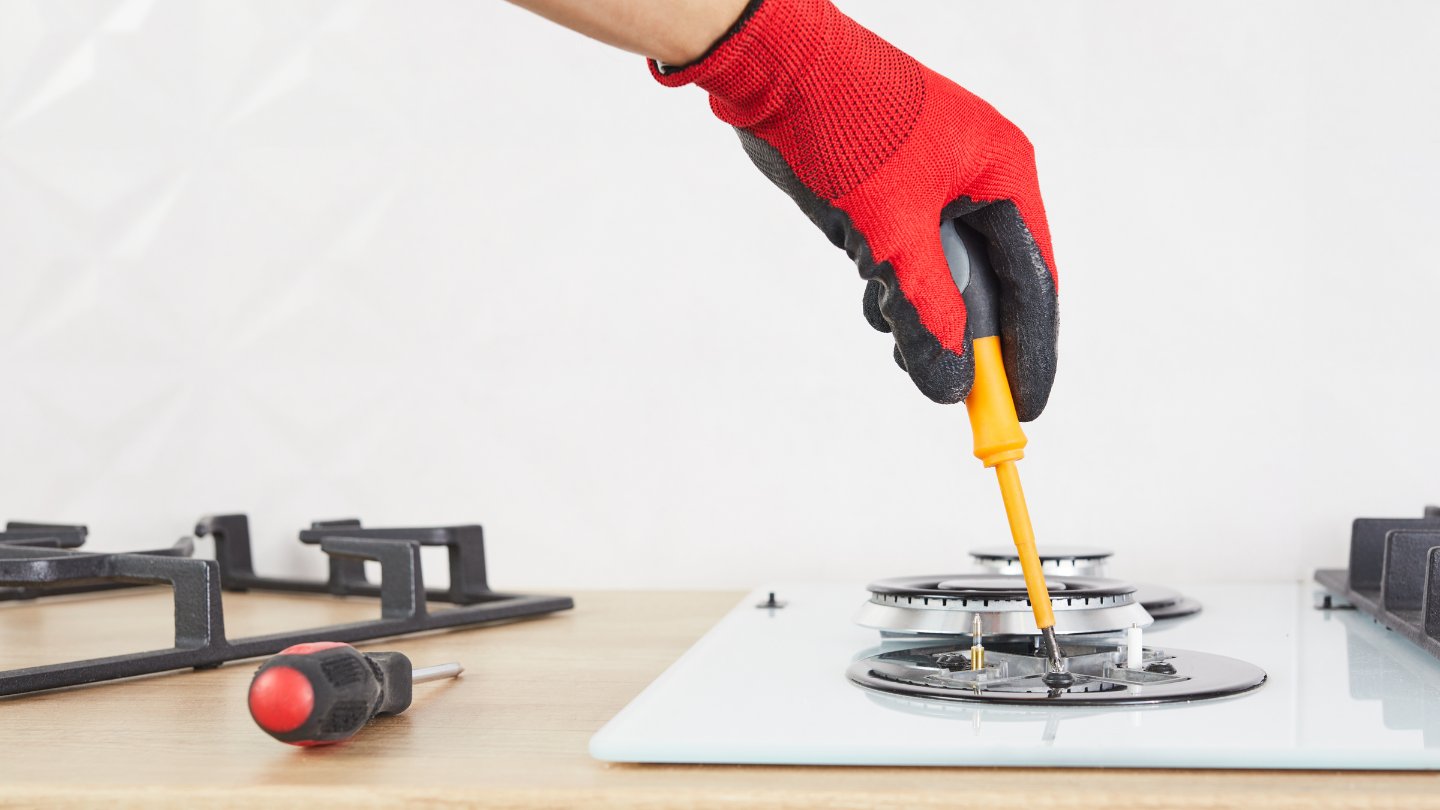
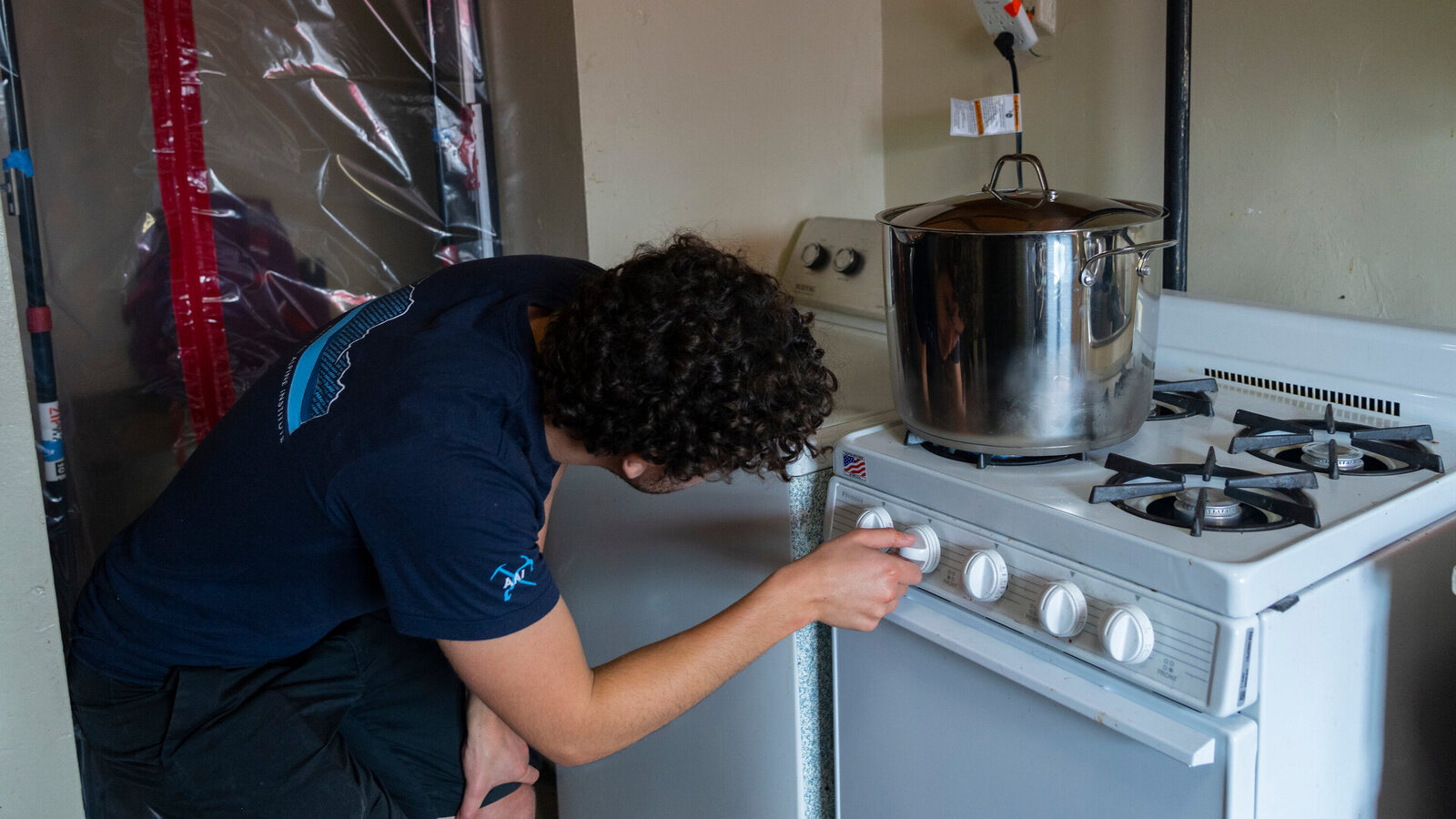
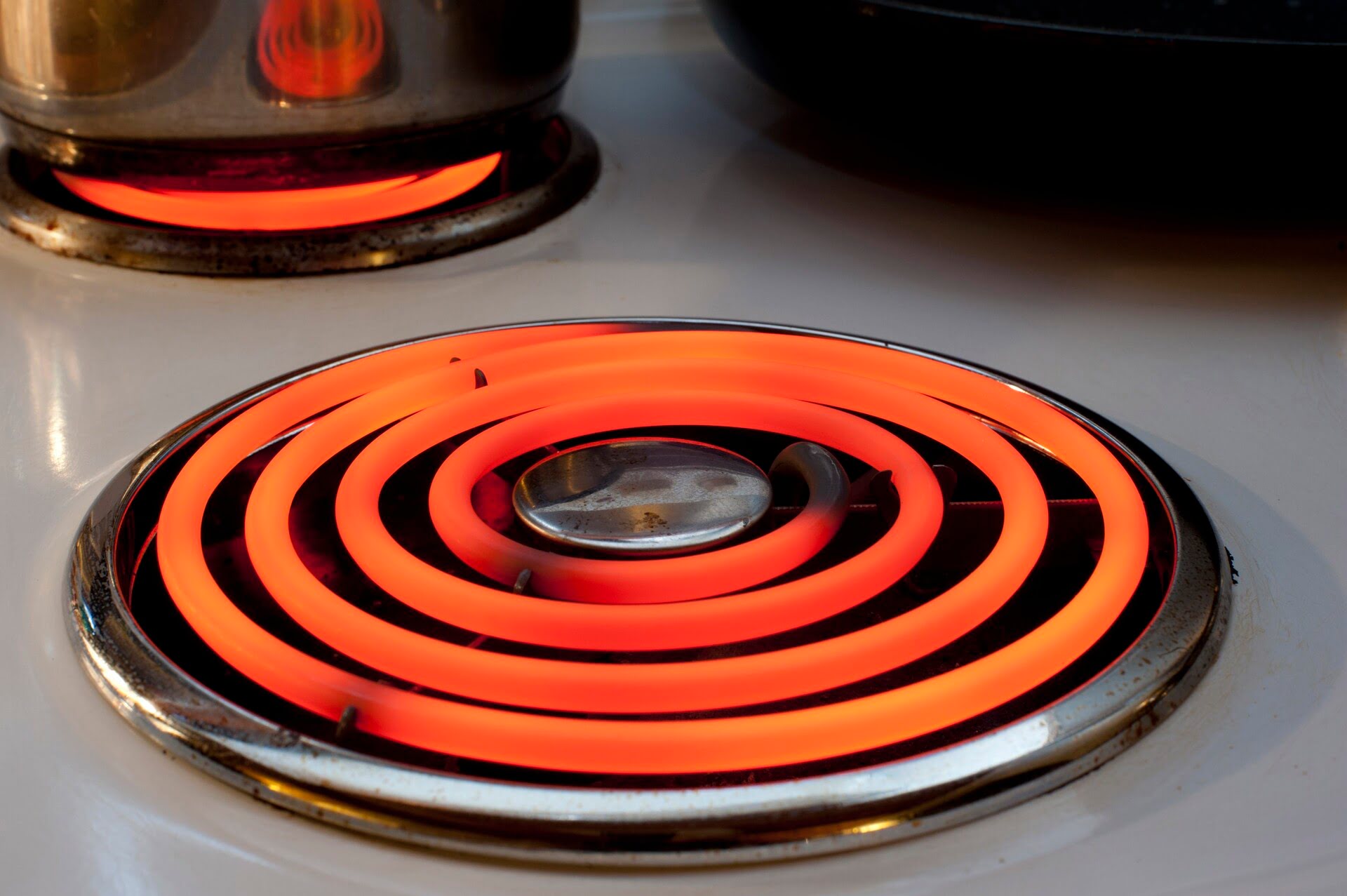
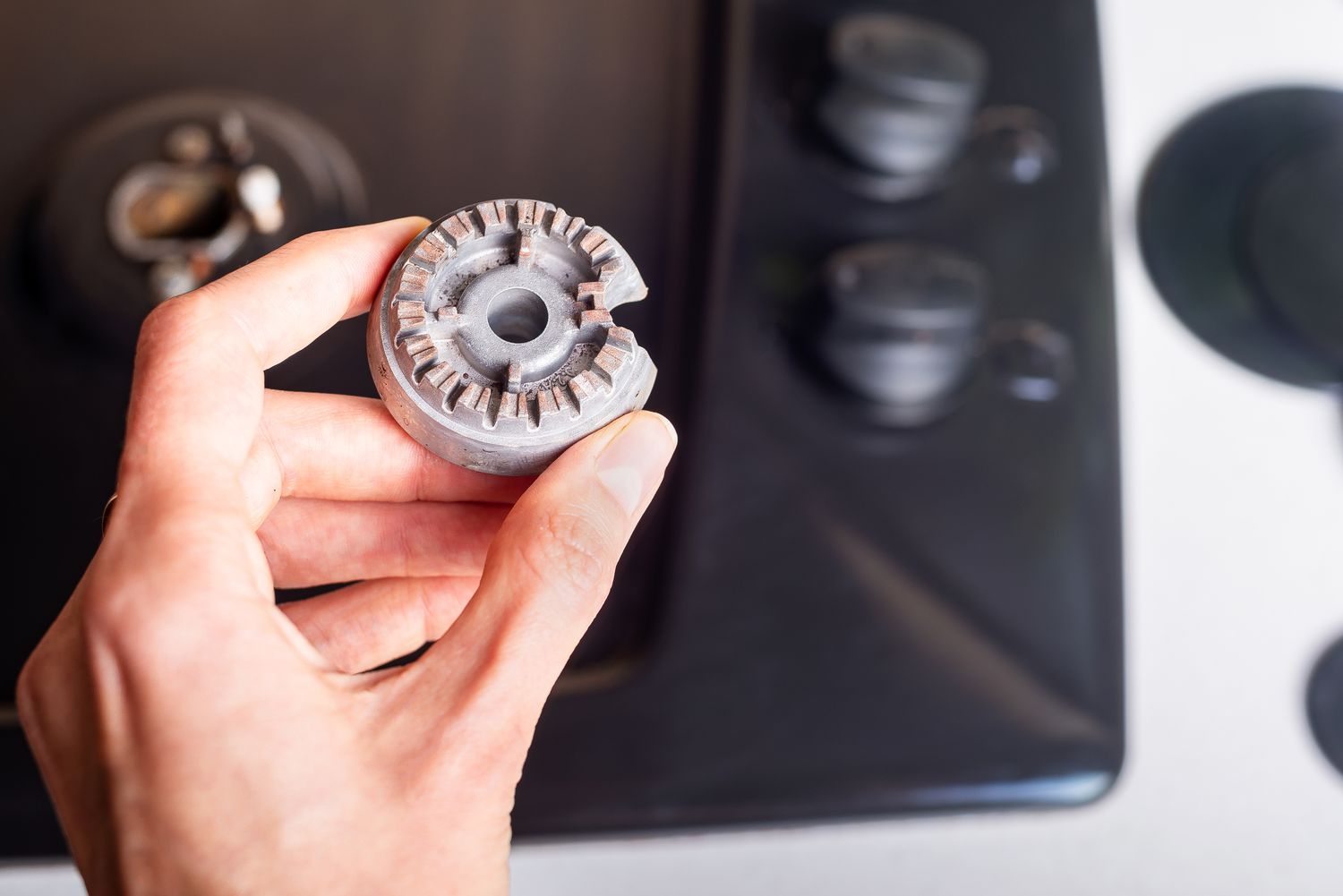
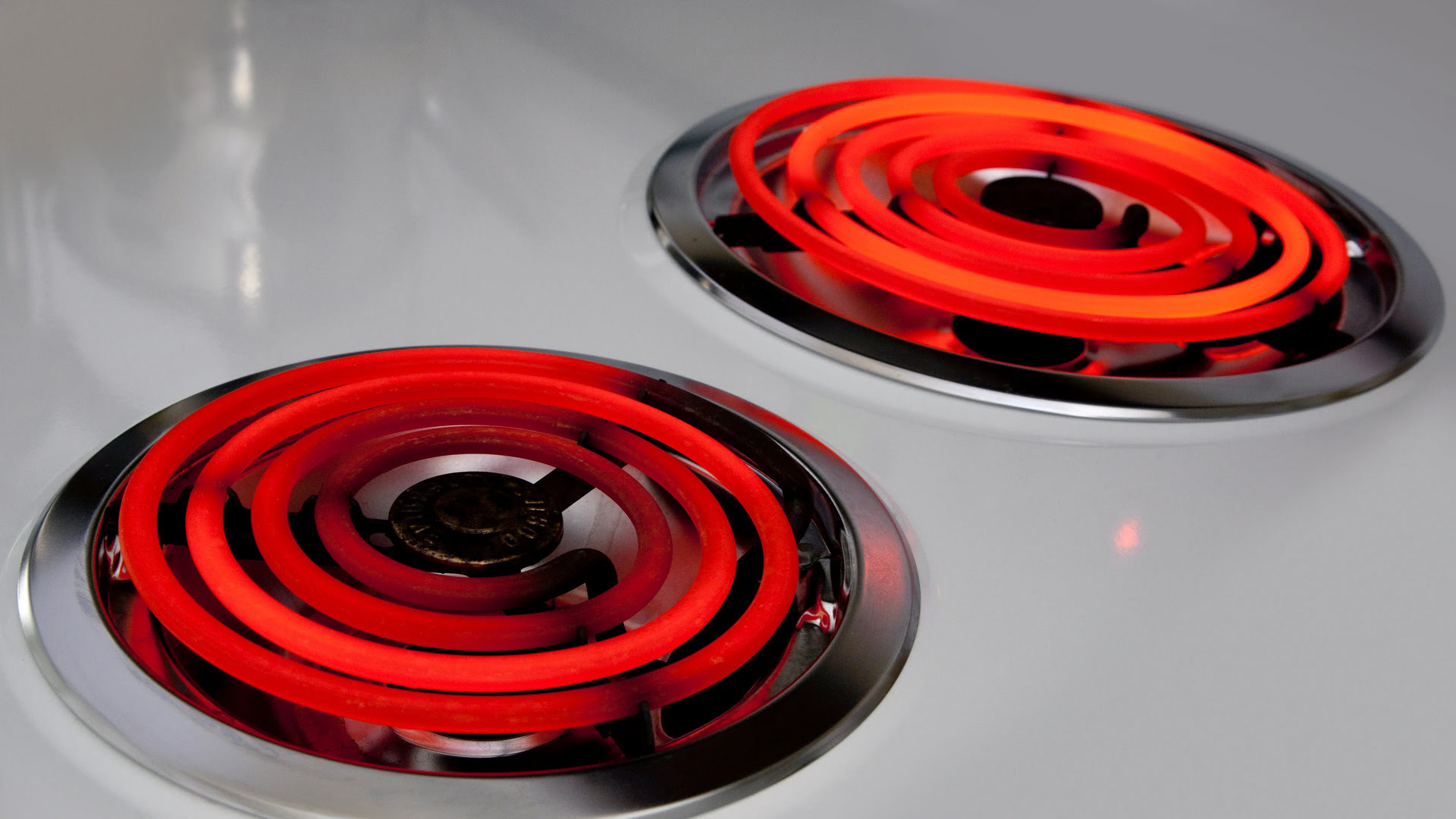
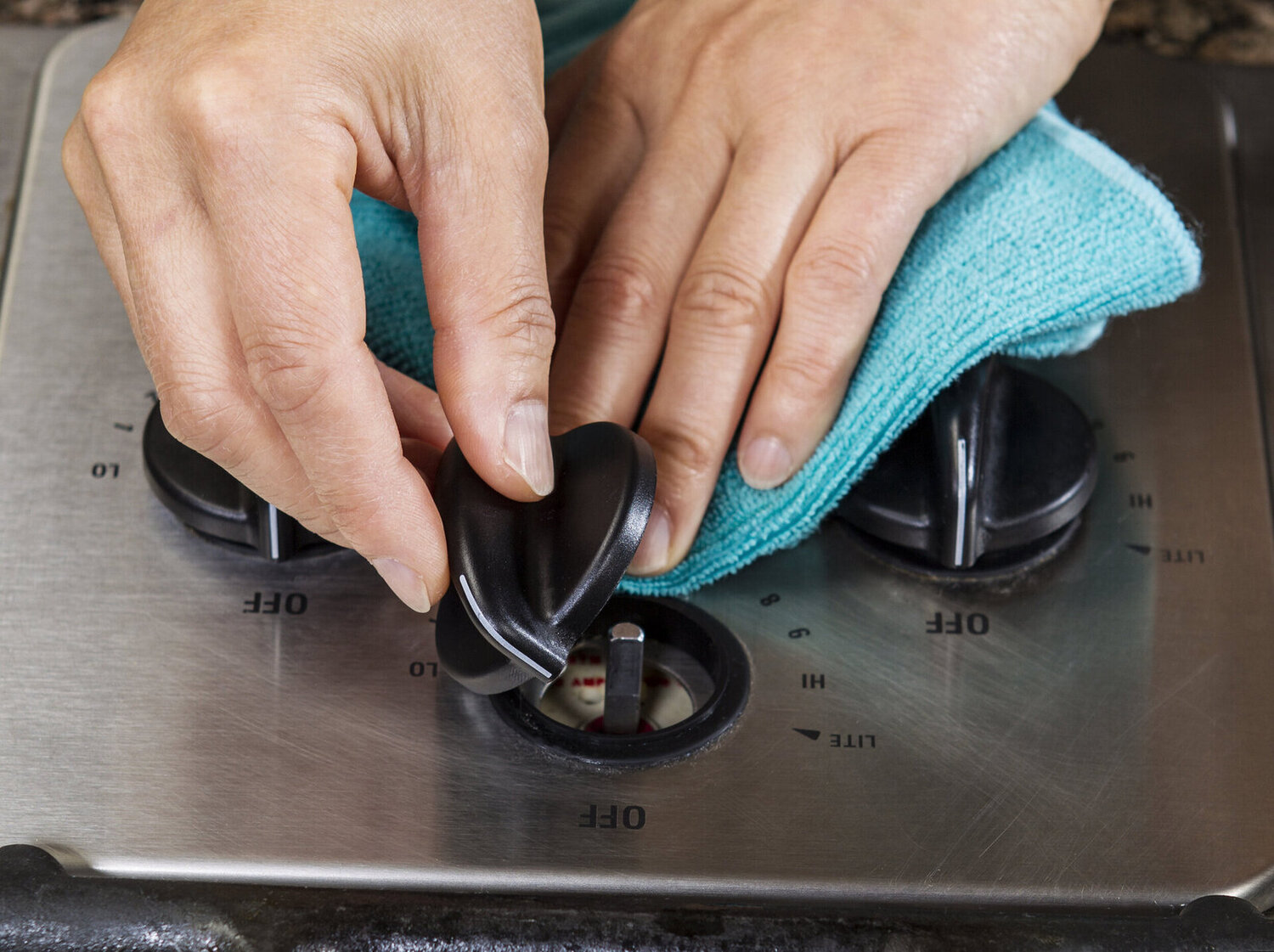
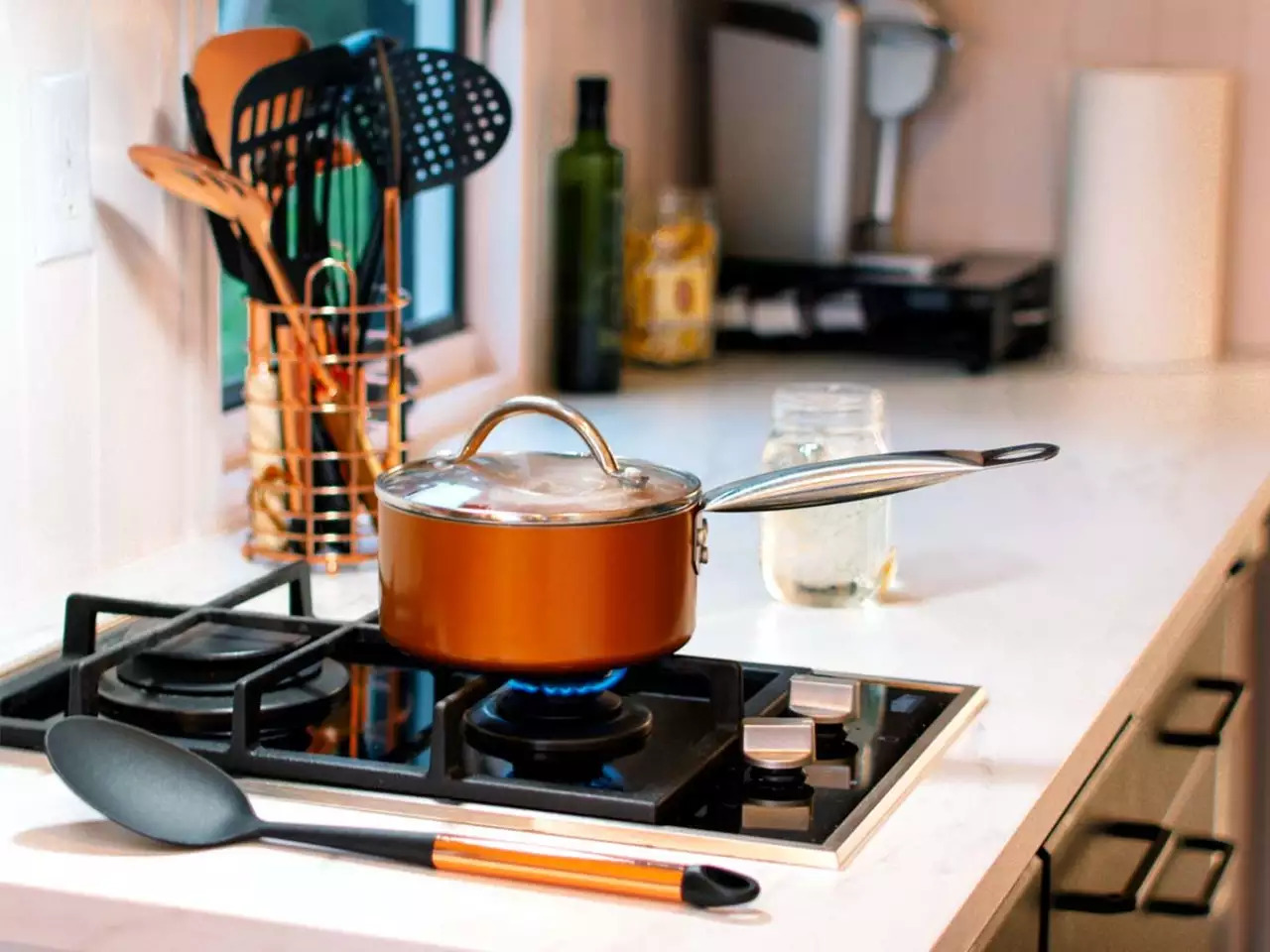
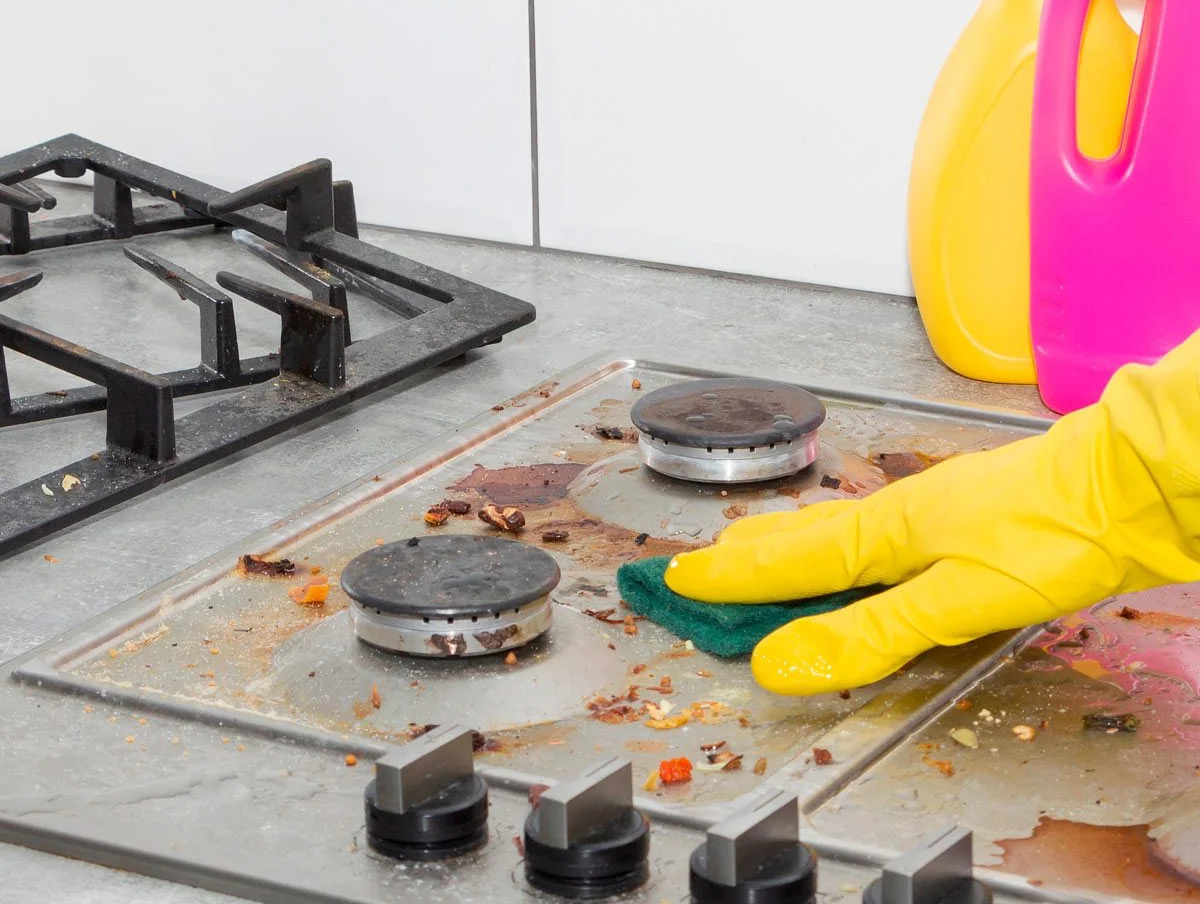

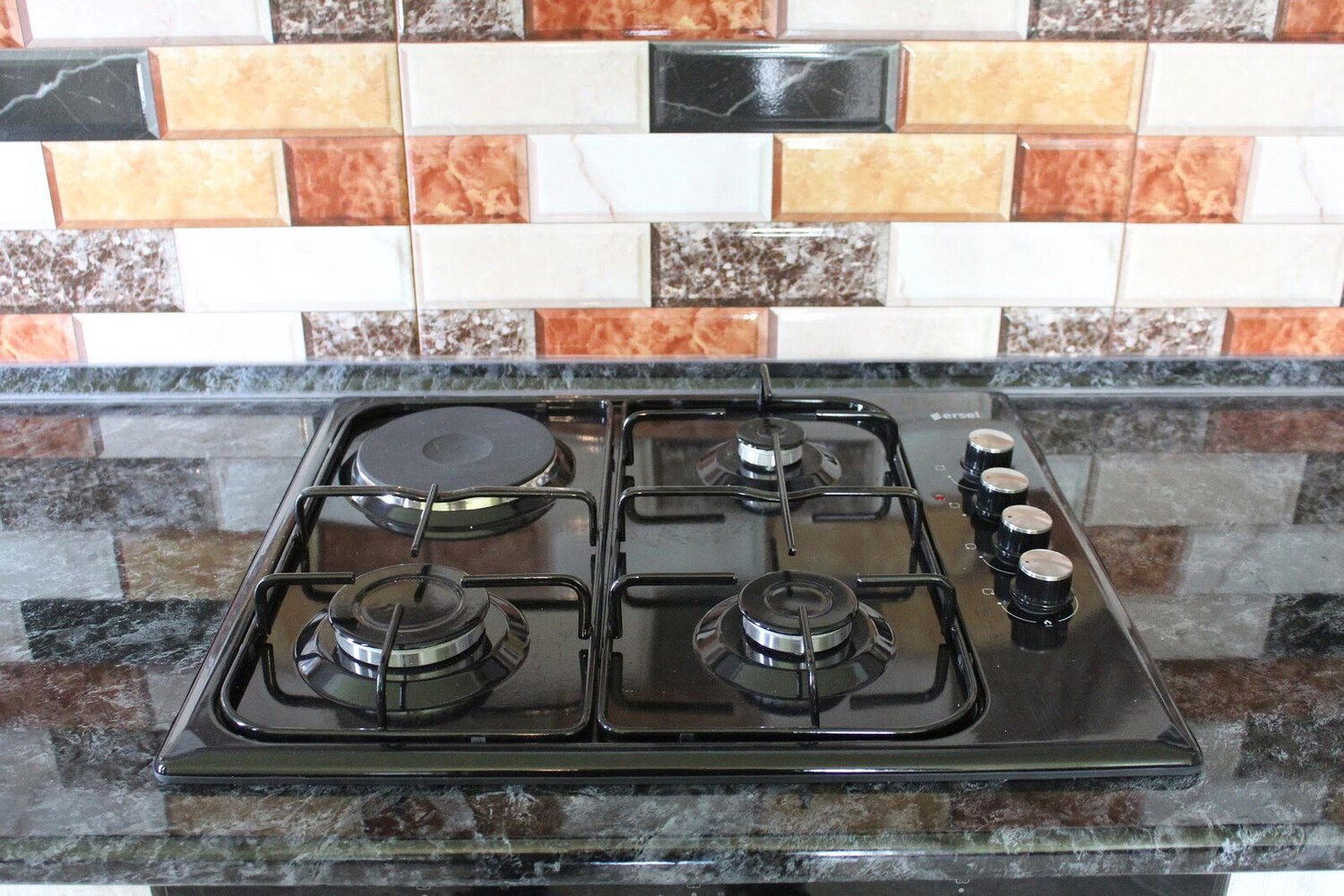
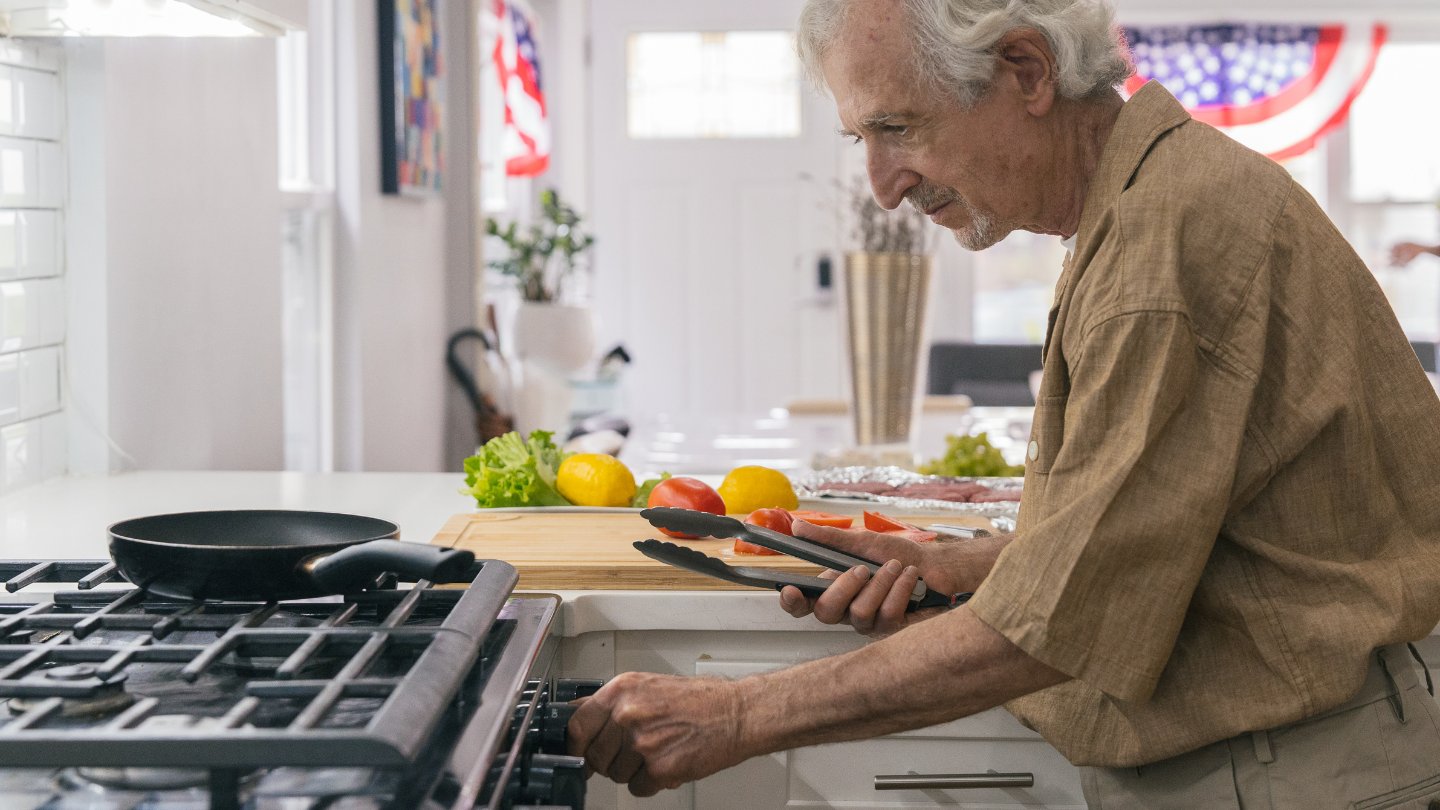
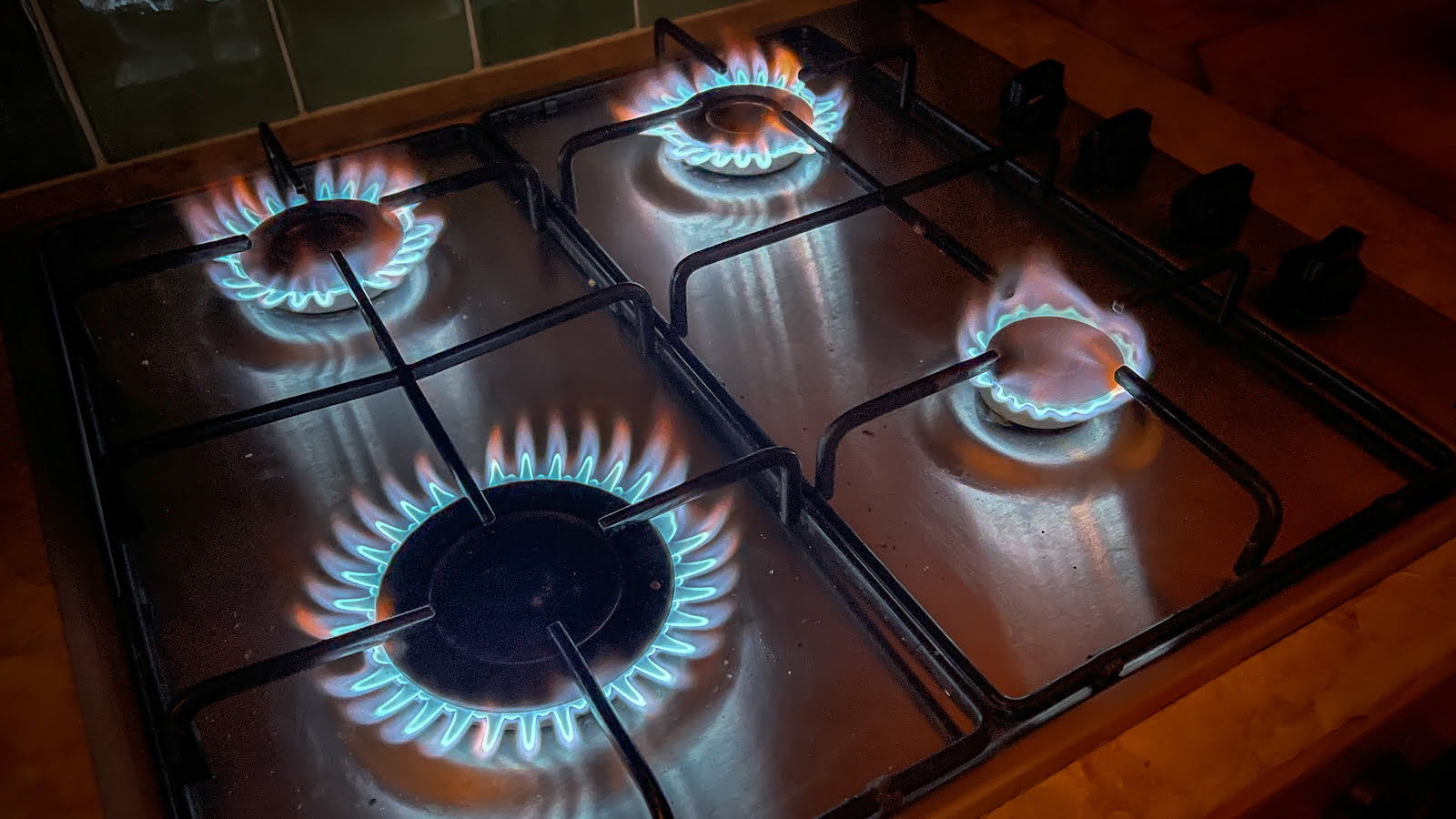
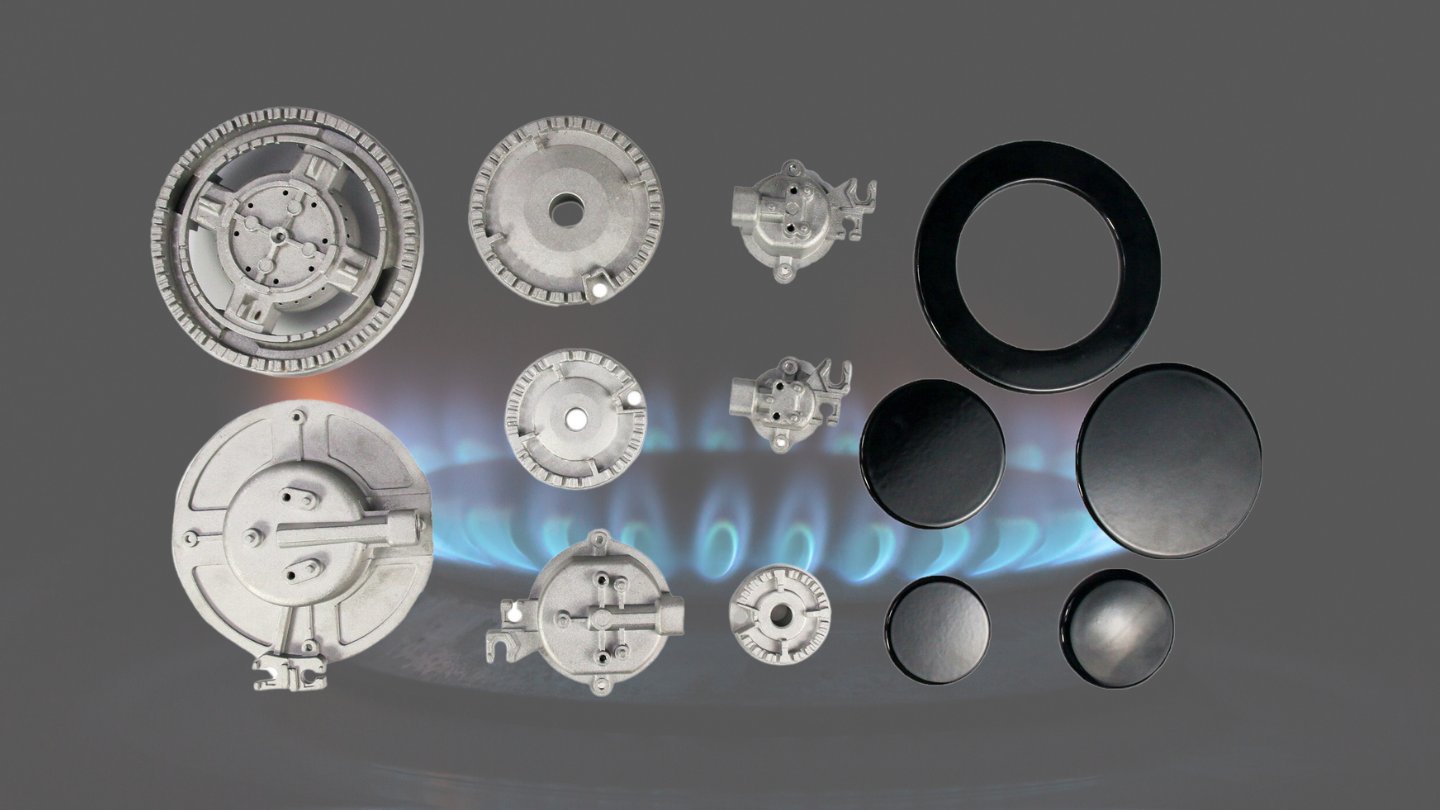
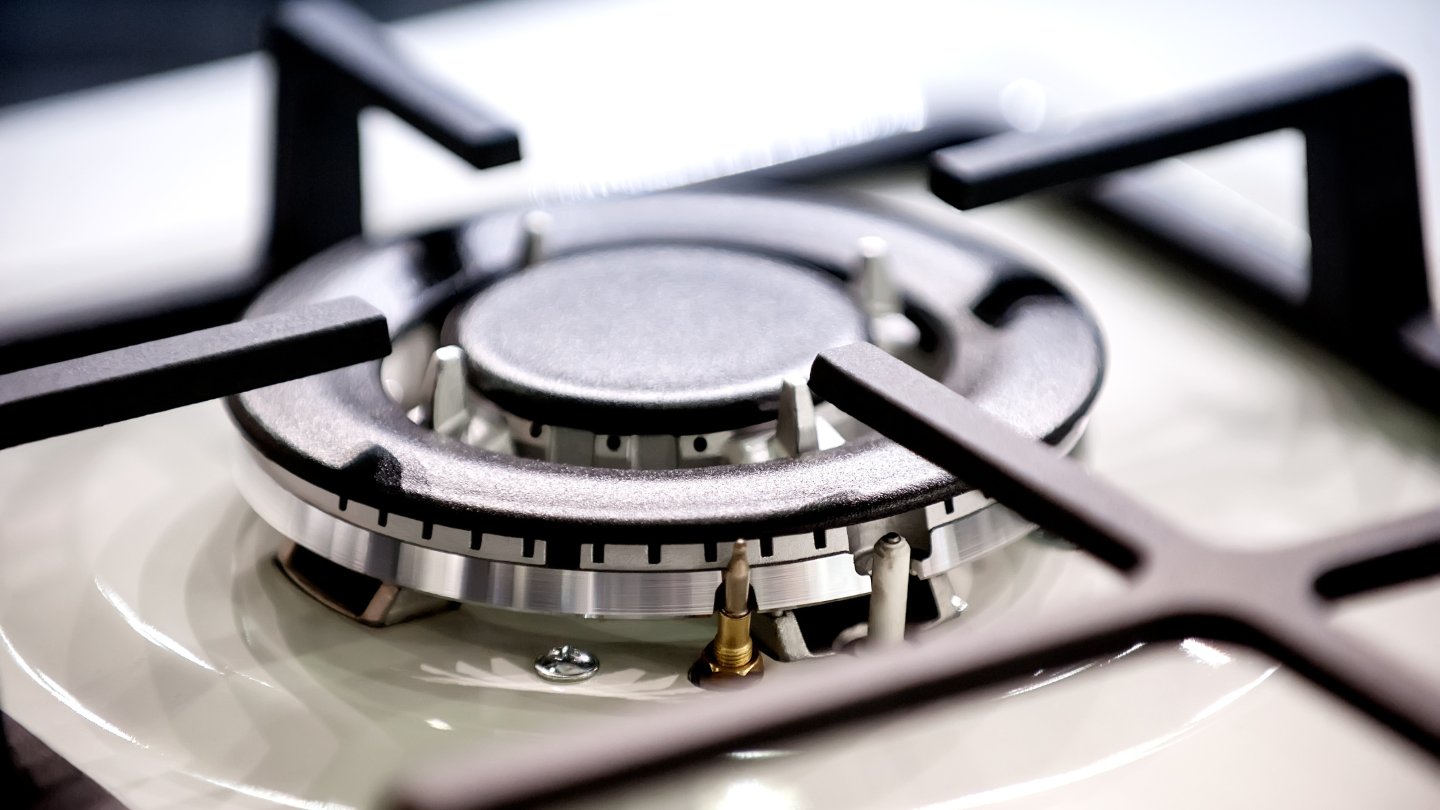

0 thoughts on “How Hot Do Natural Gas Stove Burners Get”